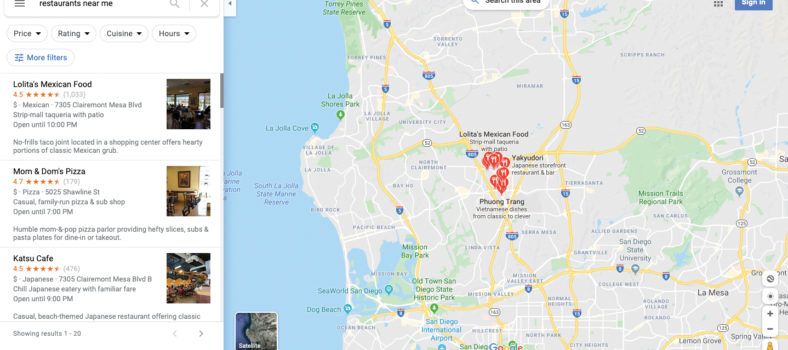TORONTO, ON–Nielsen Canada reveals the most recent national influencer marketing data, gathered to better identify key influencer trends in Canada. The data gathered with Nielsen’s InfluenceScope solution spans multiple social media platforms and demographics showing that working with Canadian influencers is an increasingly important activity for reaching key audiences in marketing.
“Brands in Canada are spending big on influencers, in order to make more personal connections with consumers,” said Scott Lidbury, Director, Nielsen Sports in Canada “However, as brands make major investments in the influencer space, the ever-growing number of influencers creates a complex landscape in Canada for marketers to navigate. This means better use of spending and a better understanding of each target audience is more essential than ever before.”
Nielsen found that there are currently more than 882,000 active influencers on Instagram, TikTok, and YouTube in Canada. While influencers in Canada are present on all top platforms, they are most active on Instagram (480,000), followed by TikTok (360,000) and YouTube (42,000). Canadian influencers on Instagram account for 54 percent of all influencers in the country. By region, Toronto is home to the highest number of influencers in Canada at 114,000, followed by Vancouver, Montreal and Calgary. By having influencer location data available, marketers can effectively tailor their strategy by region.
Influencer groups are separated into five categories: Mega, Macro, Mid, Micro and Nano influencers. Nano influencers (1k-10k followers) are the most common type of influencer in Canada, followed by micro influencers (10k-50k followers). Nano influencers are particularly dominant on Instagram, representing 92 percent of total Canadian influencers with smaller, niche followers. By understanding the tiers of influencers, marketers can then properly allocate ad spend and messaging across campaigns.
Nielsen has found that influencer demographics and engagement rates also vary by platform. Overall, Canadian influencers skew towards a female and younger audience.
For example:
● 64% of Instagram influencers in Canada are female
● 62% of TikTok influencers in Canada are under 25 years old
● 78% of YouTube influencers are males under 35
● YouTube also has the lowest level of engagement in Canada
In Canada, the Fashion industry makes the largest investment in influencers on social media, followed by the Beauty and Tech industries. In contrast, Accessories and Food industries are top spenders in the U.S. and Latin America, respectively. Beauty was also found to be the top-spending industry in both Southeast Asia and East Asia. This comparison shows that there is room for cross-industry growth for influencer spending in Canada and particularly for brands seeking a younger Gen X and Z audience.
“Nielsen’s InfluenceScope provides brands with a scientific approach to calculate influencer marketing return and to continuously assess campaigns in real time. Brands that are able to dial in the right combination of influencers, platforms, content and interest can create connections that drive engagement long-term and ultimately have a profoundly positive effect on maximizing ROI,” said Lidbury.
Nielsen shapes the world’s media and content as a global leader in audience measurement, data and analytics. Through our understanding of people and their behaviors across all channels and platforms, we empower our clients with independent and actionable intelligence so they can connect and engage with their audiences—now and into the future.




